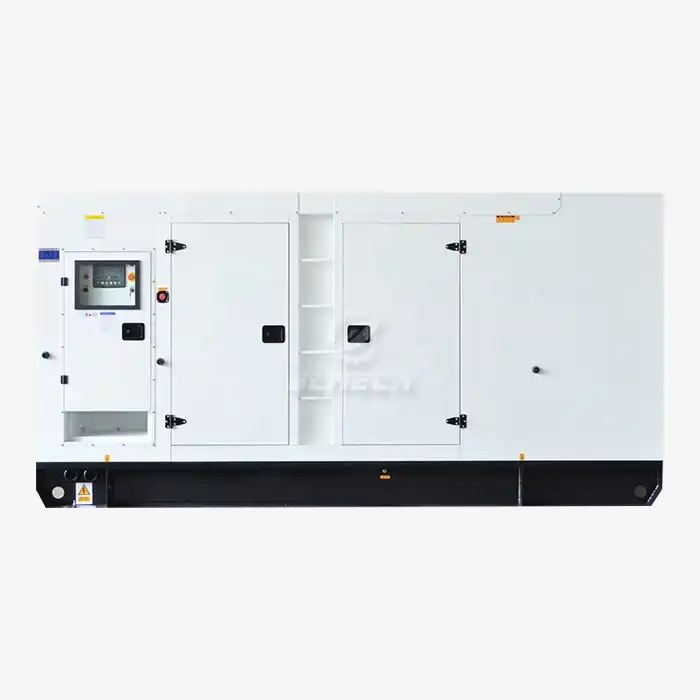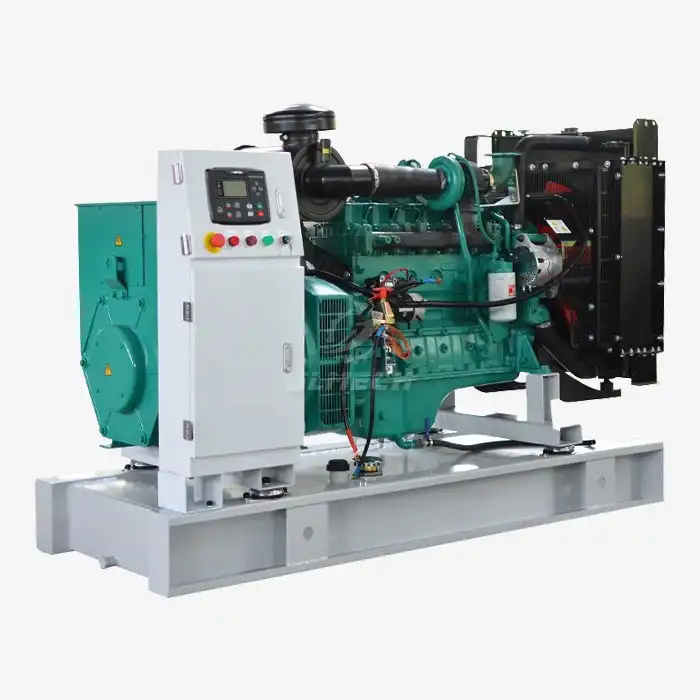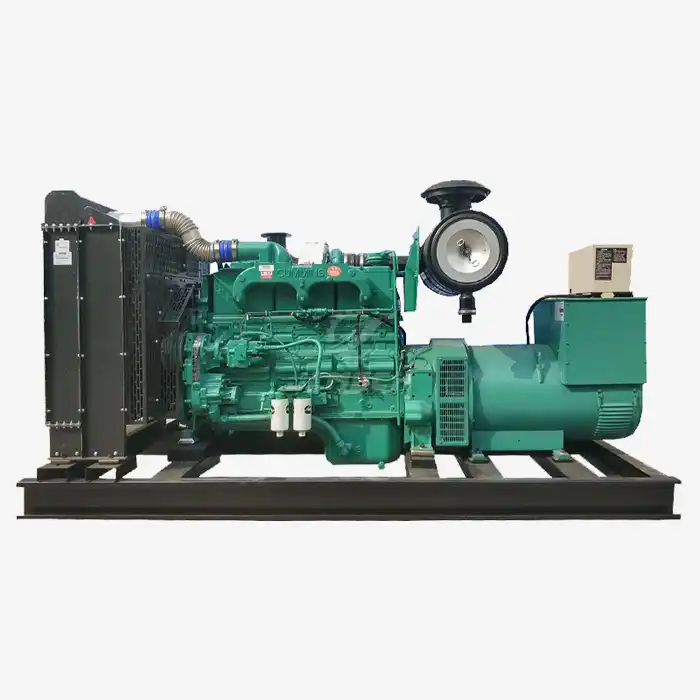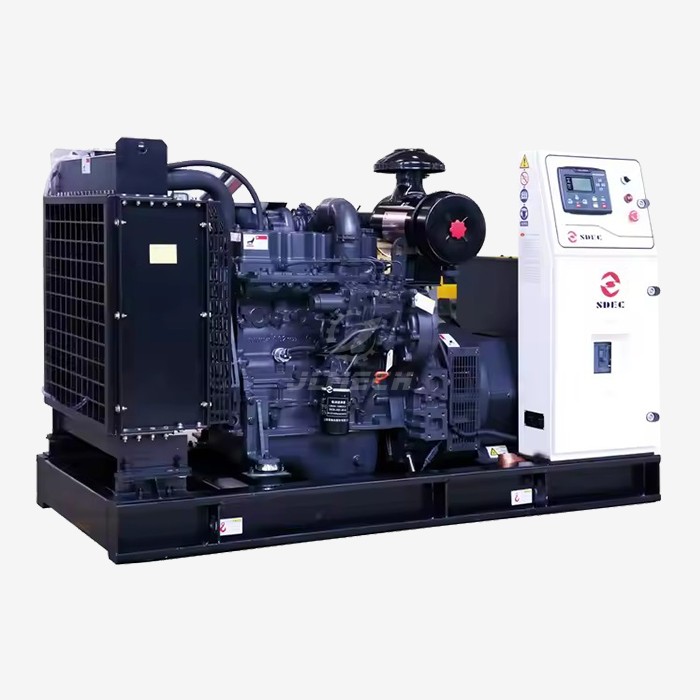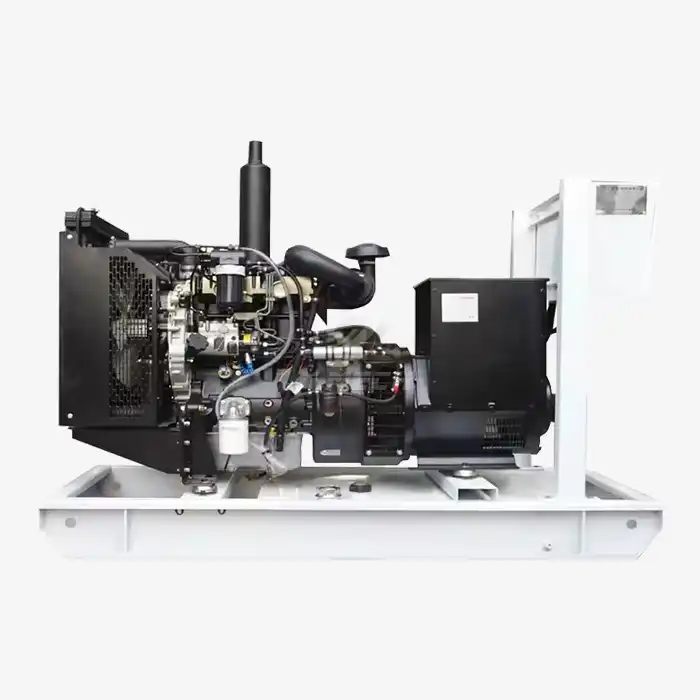What is the difference between a marine generator and an industrial generator?
Selecting the right generator is crucial for the efficiency and safety of your operations. While both marine and industrial generators serve the core function of providing reliable power, they are engineered for fundamentally different environments and challenges. Misapplying these generators can lead to premature failure, safety hazards, and costly downtime. Understanding the distinctions ensures you choose a power solution that delivers optimal performance where you need it most. This guide breaks down the key differences, helping you make an informed decision between a rugged industrial diesel generator and its specialized marine counterpart.
Defining the Generators
An industrial diesel generator is designed for stationary or semi-stationary use on land. These units power construction sites, manufacturing plants, data centers, and serve as backup for commercial buildings. They are built for durability but are intended for environments where they are protected from extreme weather and corrosive elements.

A marine generator is specifically engineered for the harsh, unpredictable conditions at sea. It provides primary or auxiliary power on various vessels, from cargo ships and ferries to fishing boats and yachts. Its design prioritizes resilience against constant moisture, salt corrosion, and the vessel's movement, setting it apart from its land-based counterparts.

Primary Applications
Industrial Generator Applications:
Construction Sites: Providing primary power for tools and site facilities.
Data Centers: Serving as critical backup power to prevent downtime.
Manufacturing Plants: Ensuring continuous operation of production lines.
Hospitals and Commercial Buildings: Supplying emergency power during grid outages.
Mining and Remote Operations: Powering equipment in locations without grid access.
Marine Generator Applications:
Main Ship Power: Acting as the primary electrical source for propulsion and all onboard systems.
Auxiliary Power: Supporting hotel loads like lighting, galley equipment, and HVAC while docked or when the main engine is off.
Emergency Power: Ensuring the operation of critical navigation, communication, and safety systems.
Fishing and Research Vessels: Powering specialized equipment like trawl winches, sonar, and scientific instruments.
Key Design Differences
The core differences lie in their construction, tailored to withstand their unique operational environments.
Environmental Protection:
Marine Generators: Feature comprehensive protection against corrosion. This includes specialized coatings on the engine block and alternator, and the use of corrosion-resistant materials like stainless steel and bronze for components such as heat exchangers and piping . They are designed to resist saltwater alkalinity .
Industrial Generators: Typically have standard protective paint and finishes. They are not designed to withstand constant exposure to salt spray and moisture.
Mechanical Robustness:
Marine Generators: Are built to endure constant vibration, shock, and from waves . Components have reinforced mountings and structural integrity to prevent fatigue failure.
Industrial Generators: Are designed for use on stable ground. Their anti-vibration mounts are less robust compared to those required for marine use.
Cooling Systems:
Marine Generators: Almost universally use a closed-loop heat exchanger cooling system. This system uses seawater to cool the fresh water that circulates through the engine block, making it efficient for the marine environment.
Industrial Generators: Typically use a radiator-cooling system, similar to a truck, which uses a fan to pull air through the radiator. This system is ineffective in the constrained spaces of an engine room and is vulnerable to seawater corrosion.
Regulatory and Safety Standards
Compliance is a major differentiator, with marine generators subject to far more stringent, mandatory regulations.
Marine Generator Standards:
Must comply with strict international maritime rules from classification societies like DNV, ABS, and Lloyd's Register.
Require specific certifications for all components, and the completed unit must undergo rigorous testing before receiving a certificate of fitness .
Are designed with enhanced safety systems for flammable environments and include emergency shutdown procedures.
Industrial Generator Standards:
Generally adhere to national or regional standards for safety and emissions (e.g., EPA, EU Stage V).
While reliable and safe, the certification process is generally less comprehensive than for marine applications. An industrial diesel generator is designed to meet robust performance standards, but its compliance landscape is less complex than that of a marine unit.
Operational Environment Challenges
The operating conditions directly influence design priorities.
Marine Environment Challenges:
High Humidity and Salt Spray: Accelerates corrosion and can degrade electrical insulation.
Constant Movement: Creates relentless vibration and stress on all components.
Limited Space and Ventilation: Engine rooms are cramped, requiring compact designs and careful management of airflow and exhaust.
Difficult Maintenance Access: Repairs at sea are challenging, necessitating extreme reliability and easy access to key service points.
Industrial Environment Challenges:
Dust and Debris: Can clog air filters and reduce cooling efficiency.
Variable Ambient Temperatures: Requires stable performance in both extreme heat and cold.
Stable Foundation: The generator is typically installed on a solid, level surface.
Maintenance and Longevity
Maintenance needs and expected lifespan are directly impacted by the generator's environment.
Marine Generator Maintenance:
Requires a highly proactive approach due to the corrosive environment.
Focus on regular checks for corrosion, salt buildup, and moisture ingress in electrical systems.
Cooling system maintenance is critical, involving regular cleaning of seawater circuits and checking for salt blockages.
Despite a rigorous maintenance schedule, the harsh operating conditions can lead to a shorter overall lifespan compared to a similarly maintained industrial diesel generator.
Industrial Generator Maintenance:
Follows a more standard schedule of oil changes, filter replacements, and load testing.
The primary concerns are wear and tear from runtime, not corrosion.
When protected from the elements and properly maintained, an industrial diesel generator can offer a very long service life and reliable performance.
Making the Right Choice
Use this simple guide to narrow down your selection:
Choose a MARINE Generator if:
Your application is on any type of sea-going vessel.
The generator will be exposed to salt spray, high humidity, or a highly corrosive atmosphere (e.g., on a coastal island).
The unit will be subjected to constant movement and vibration.
Choose an INDUSTRIAL Generator if:
The generator will be installed in a fixed location on land.
It will be housed in a protected environment, such as a dedicated generator room or enclosure with proper ventilation.
Your primary needs are reliable power for operational or backup purposes without the extreme challenges of the marine world.
Conclusion
The choice between a marine and an industrial diesel generator is not about quality, but about application-specific suitability. A marine generator is essentially a heavily fortified industrial diesel generator, specifically engineered to survive and thrive in the world's most demanding environment: the ocean. Using an industrial unit in a marine setting poses significant risks to both the equipment and the vessel's safety. Conversely, using a marine generator on land is often an unnecessary expense. Understanding these critical differences protects your investment and ensures operational reliability.
References
International Organization for Standardization. (2018). Reciprocating internal combustion engine driven generating sets — Part 1: Application, ratings and performance (ISO 8528-1:2018).
Johnson, M. (2022). Emergency Power Systems: A Comprehensive Guide to High-Speed Diesel Generators. Power Engineering Quarterly, 45(3), 78-92.
Jiangsu Xingguang Power Group. (2016). How to distinguish between marine generator sets and land-based generator sets.
Generator Manufacturers Association. (2021). Guidelines for Rating and Application of Generator Sets. GMA Technical Publication TP-101.



